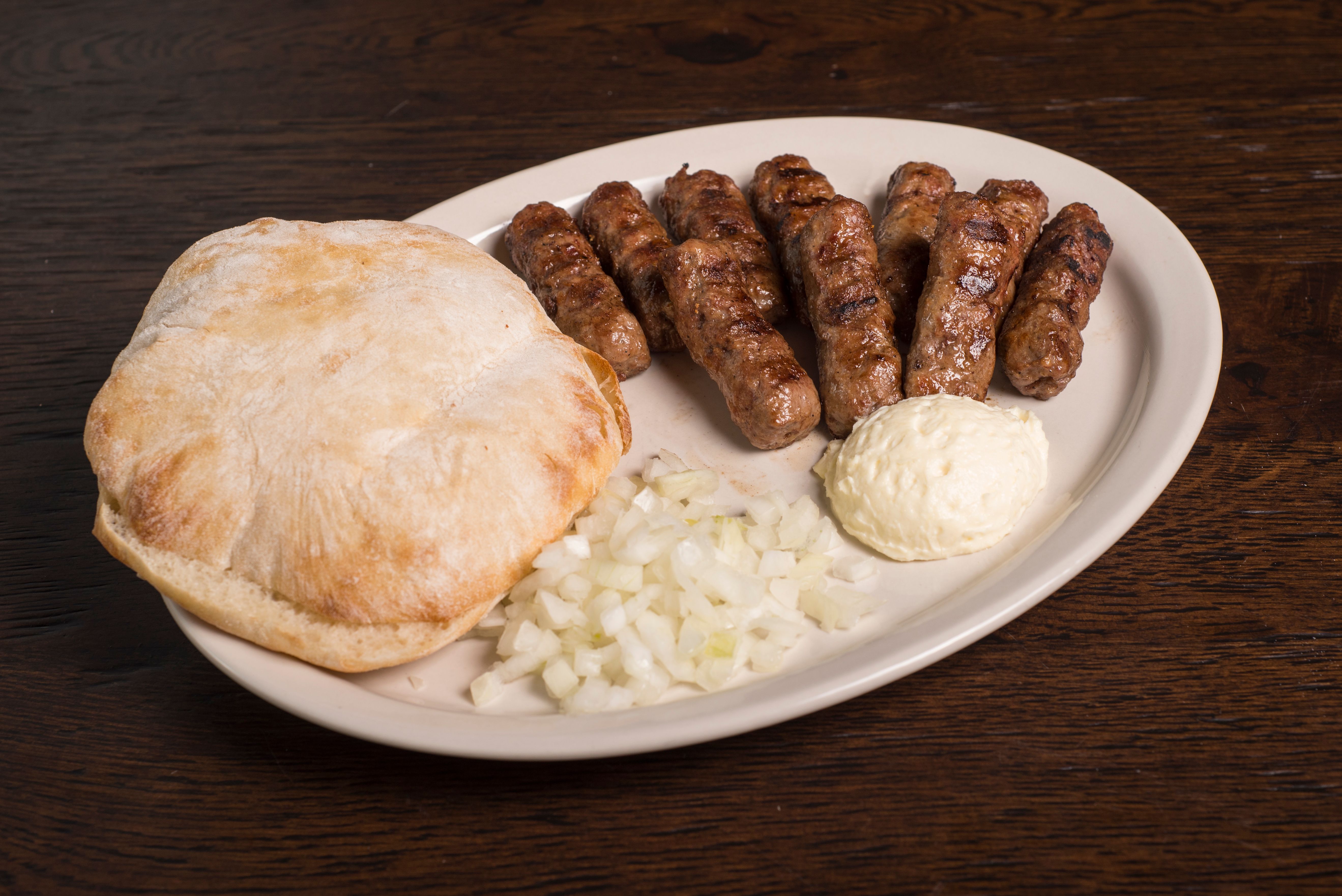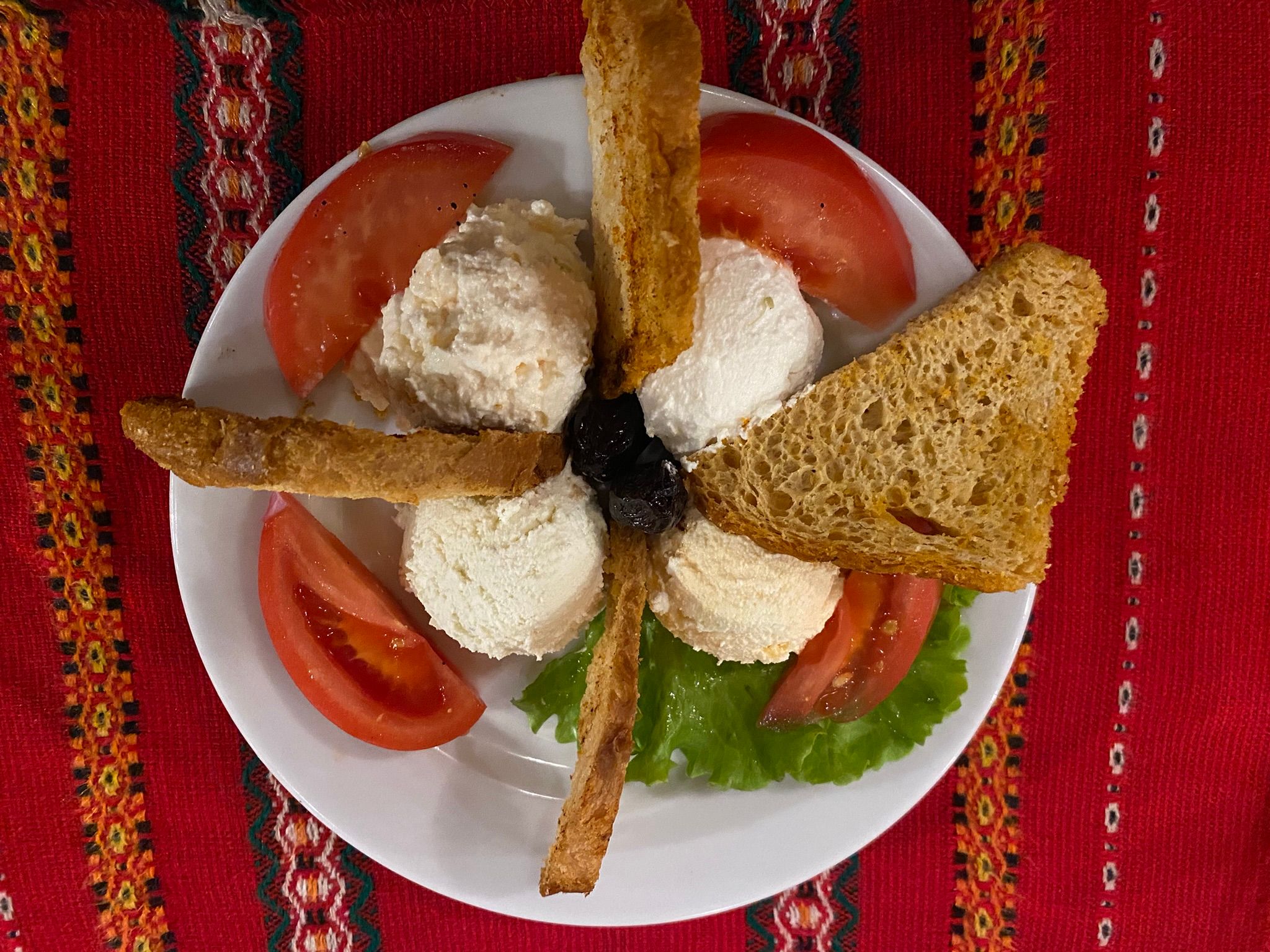Exploring Kajmak: A Taste of Serbian Tradition
Discovering the Richness of Kajmak
When it comes to traditional Serbian cuisine, one cannot overlook the creamy delight known as kajmak. This delectable dairy product is deeply rooted in Serbian culture and culinary practices, offering a unique taste experience that is both rich and satisfying. Made from unpasteurized milk, kajmak is a staple in many Serbian households and is often served as an accompaniment to various dishes.

What is Kajmak?
Kajmak is a traditional Serbian dairy product made by skimming the surface of boiled milk and allowing it to ferment slightly. The process results in a creamy, spreadable cheese that boasts a distinct flavor profile—tangy, buttery, and slightly salty. Its texture can vary from smooth and creamy to a thicker, more crumbly consistency, depending on how it's prepared and aged.
The origins of kajmak can be traced back to the Balkan region, where it has been enjoyed for centuries. It is particularly popular in Serbia, where it holds a special place in the hearts of food enthusiasts. Often compared to clotted cream or crème fraîche, kajmak is considered a delicacy that enhances the flavors of any meal it's paired with.
How Kajmak is Made
The process of making kajmak begins with fresh, unpasteurized milk. The milk is heated until it reaches a boiling point and then left to cool slowly. As it cools, a thick layer of cream forms on the surface. This layer is carefully skimmed off and allowed to ferment at room temperature for several hours or even days, depending on the desired taste and texture.

In Serbia, kajmak is often made in small batches using traditional methods that have been passed down through generations. Some families add salt to the mixture to enhance its flavor and preserve it for longer periods. The finished product can be enjoyed fresh or aged for a few weeks to develop a more complex flavor.
Serving and Enjoying Kajmak
Kajmak is an incredibly versatile ingredient that can be used in a variety of ways. It is commonly served as a side dish with grilled meats, such as ćevapi or pljeskavica, adding a creamy contrast to the savory flavors. Additionally, it's spread on bread or flatbreads like lepinja, often topped with a sprinkle of paprika or herbs for an extra burst of flavor.
In many Serbian households, kajmak is also enjoyed at breakfast, spread over freshly baked pastries or mixed into scrambled eggs for a rich and indulgent start to the day. Its creamy texture and tangy taste make it an ideal complement to both savory and sweet dishes.

The Cultural Significance of Kajmak
Beyond its culinary uses, kajmak holds cultural significance in Serbia. It represents a connection to traditional farming practices and family customs that have been preserved over generations. For many Serbians, making and sharing kajmak is a cherished tradition that brings families together.
The popularity of kajmak has transcended borders, with food enthusiasts around the world eager to explore this unique dairy product. Whether you're enjoying it in Serbia or trying it abroad, kajmak offers a taste of Serbian tradition that is both comforting and unforgettable.